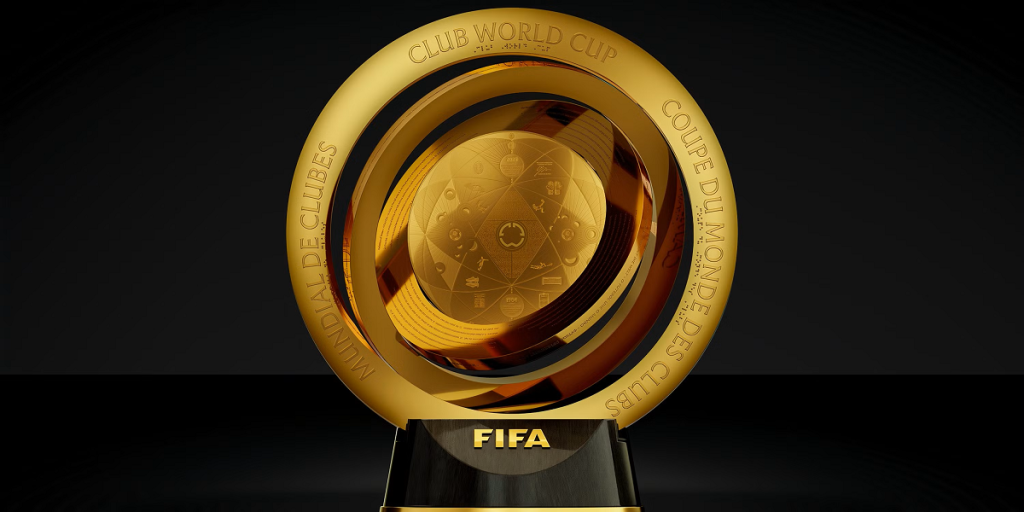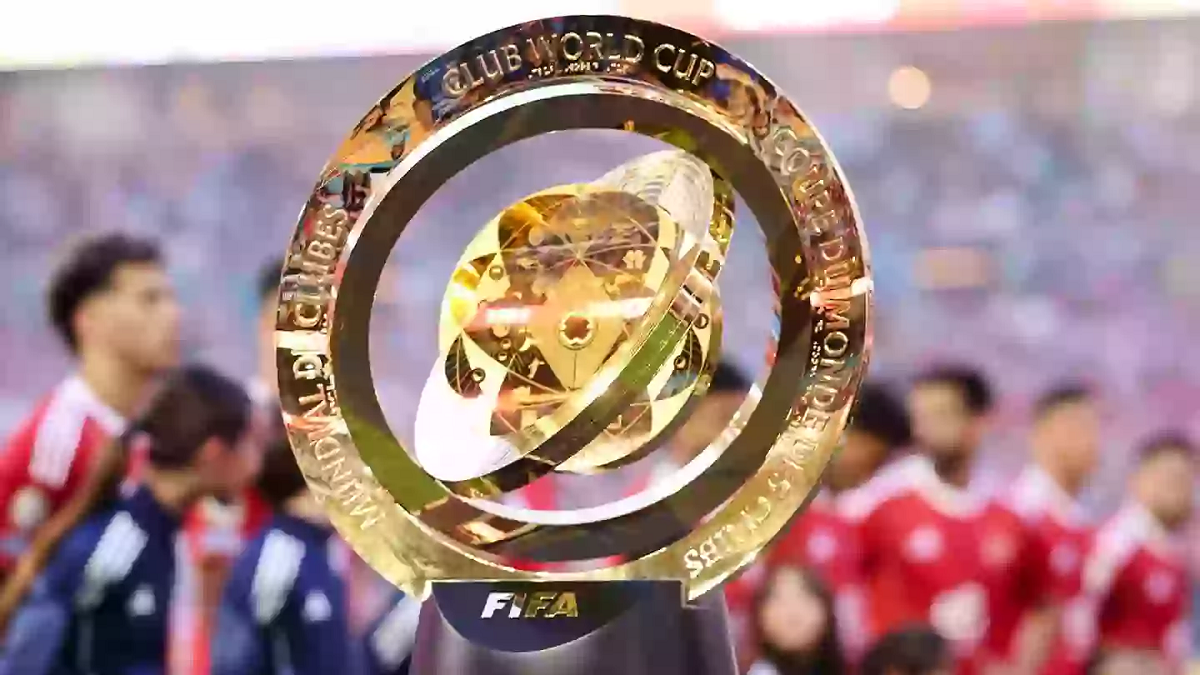As the first expanded FIFA Club World Cup concludes this weekend, FIFA President Gianni Infantino has already declared the tournament a “huge success,” signalling its likely permanence despite initial widespread scepticism.
The competition, originally planned for 2021, faced significant criticism, particularly in Europe, for adding to an already congested football calendar and for doubts about its public appeal.
Even after its commencement, former Liverpool manager Jurgen Klopp famously dismissed the competition as the “worst idea ever implemented in football.” However, the past month in the United States has largely challenged such extreme views.
Strong Fan Turnout Amidst Heat Concerns
While FIFA has been criticised for visible empty seats at some matches, overall fan attendance has been robust, with approximately 2.5 million people attending games across the country.
South American supporters, in particular, contributed to vibrant atmospheres. The average crowd of nearly 39,000 before Sunday’s final between Paris Saint-Germain and Chelsea was only slightly below that of the English Premier League last season.
Arsene Wenger, FIFA’s Chief of Global Football Development, emphasised that fan approval is the decisive factor, noting that attendance figures “were much higher than expected.”
He countered Klopp’s opinion, asserting that a “real Club World Cup is needed” and believing participating clubs would want to compete again.

However, the tournament was not without its challenges. Many matches were affected by high temperatures during the North American summer afternoons, leading to player complaints and even long delays due to thunderstorm warnings.
Chelsea’s Enzo Fernandez voiced concerns, stating that playing in such heat is “very dangerous” and negatively impacts the game’s pace. These weather issues are expected to pose significant challenges for FIFA at the upcoming 2026 World Cup in North America.
European Dominance and Financial Rewards
Another ongoing concern for the tournament is the dominance of Europe’s leading clubs. Both finalists hailed from Europe, though Brazilian club Fluminense notably reached the semi-finals after eliminating Inter Milan.
In contrast, fellow Brazilian team Palmeiras and Saudi Arabia’s Al-Hilal made it to the quarterfinals.
The majority of the tournament’s substantial $1 billion prize fund was allocated to European teams. However, the prize money distributed to clubs from other regions could potentially help them retain their top players for longer.
Infantino acknowledged that a stronger representation of Europe’s biggest names would enhance the tournament’s appeal but insisted it will remain open to clubs globally, even if it results in significant mismatches, like Bayern Munich’s 10-0 victory over Auckland City. “There must be a place for everyone,” he stated, adding that qualification rules mean not all top European clubs will participate.
Adding up to seven more games for the finalists to an already packed football schedule remains a concern. Nevertheless, the commitment shown by teams like PSG, aiming for a clean sweep after their Champions League triumph, and Manchester City, despite their quarter-final exit, suggests a high level of investment in the competition.
Manchester City’s Bernardo Silva acknowledged the “crazy” schedule but affirmed the team’s “a lot of ambition for the Club World Cup.”
Despite suggestions for further expansion or more frequent staging, Wenger confirmed that the Club World Cup is planned to be held “every four years,” with the next edition scheduled for 2029.


 Trending
Trending 
